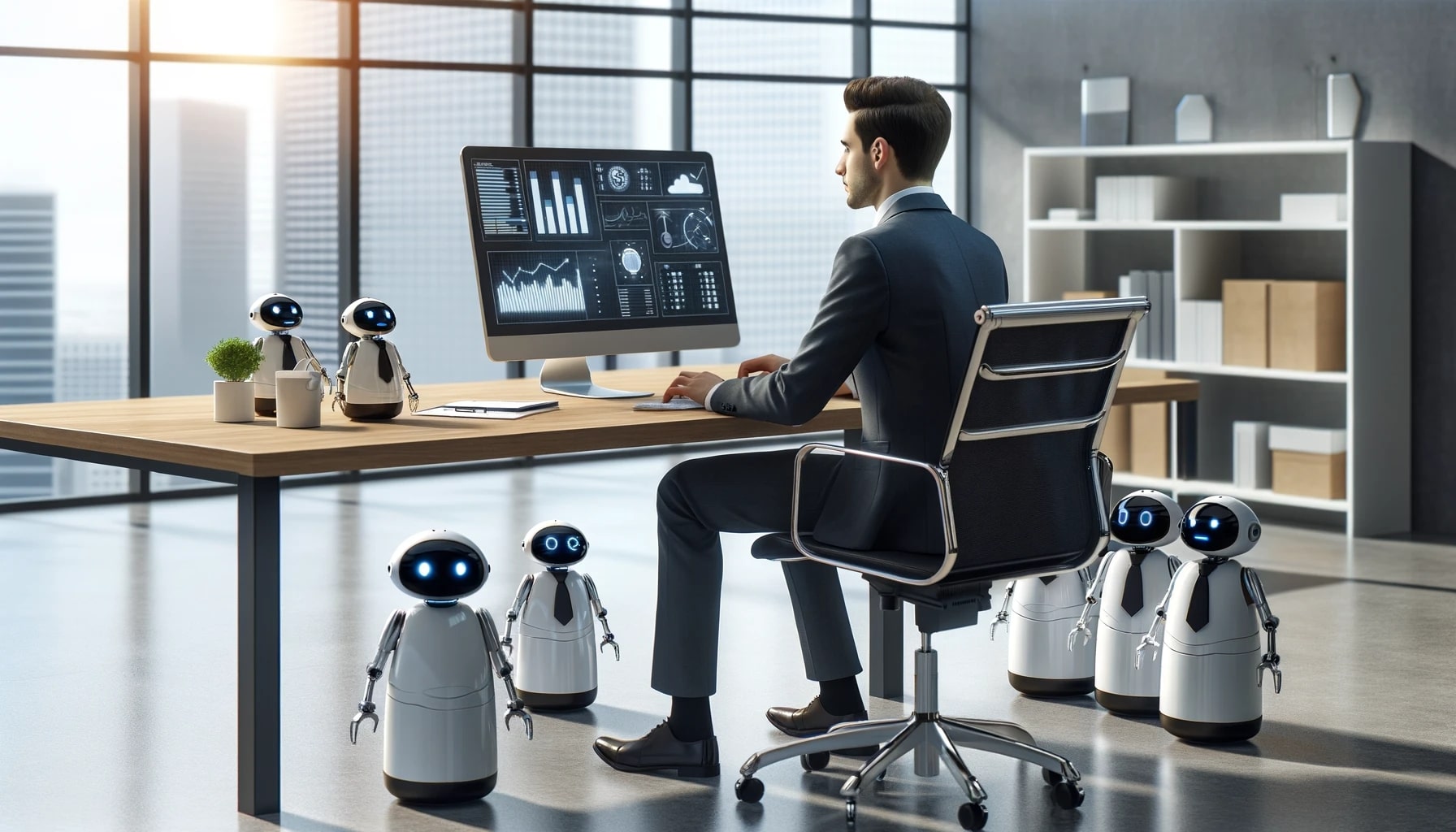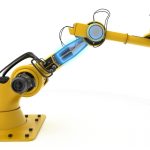In the dynamic realm of artificial intelligence, two prominent chatbots, Claude and ChatGPT, have emerged as sophisticated tools designed to enhance human-machine interaction. The choice between Claude and ChatGPT ultimately lies in their distinct functionalities and the specific preferences of their users. Claude, known for personalizing conversations, creates a unique experience for each user, while ChatGPT’s versatility and multimodal interactions cater to a broader spectrum of needs, offering rich conversational experiences that integrate text, images, and audio.
The emergence of AI chatbots like Claude and ChatGPT builds on the shoulders of significant advancements in machine learning and natural language processing technologies. In particular, the development of OpenAI’s GPT-3 and the contributions of research institutions and tech companies have propelled the capabilities of conversational AI. These systems have grown from simple rule-based bots to complex entities capable of understanding context, emotions, and user intent. They have been deployed in various settings, from customer service platforms to personal assistants, indicating their widespread potential and the increasing sophistication of AI interactions with users.
What Sets Claude Apart?
Claude, the creation of Anthropic AI, stands out for its focus on mirroring human conversational patterns, aiming to offer users a more personalized dialogue by adapting to individual preferences. Claude’s advanced natural language processing algorithms are designed to learn and evolve through interaction, enhancing its understanding of context and the nuances of human emotions. This approach allows Claude to form more coherent and satisfying exchanges with users.
How Does ChatGPT Differ?
On the opposite spectrum, ChatGPT, a product of OpenAI, boasts a wide range of capabilities facilitated by its Generative Pre-trained Transformer architecture. It is capable of understanding and generating responses from various types of inputs, including text, images, and audio. Notably, ChatGPT’s integration with DALL-E allows for the generation of images from textual descriptions, expanding its utility for creative and diverse applications.
A study published in the Journal “Nature Communications” titled “Evaluating the Evaluation of Diversity in Natural Language Generation” illuminates the progress in the field of natural language generation (NLG). The paper explores methods for assessing the diversity of generated language, which is critical in creating chatbots that can handle a myriad of conversational topics. This research underlines the importance of continual innovation in the NLG domain, which directly impacts the evolving capabilities of chatbots like ChatGPT and Claude.
What Are the Advantages and Limitations?
While both chatbots boast innovative features, they have their distinct advantages and drawbacks. Claude’s personalized conversational style and context-awareness can lead to more engaging interactions, whereas ChatGPT’s versatility makes it a juggernaut in multimodal communication and content creation. Nonetheless, Claude’s limited experience in the multimodal domain and ChatGPT’s generalist approach that can sometimes overlook specialized knowledge are areas of potential improvement for both platforms.
Helpful Points:
- Claude’s personalized approach is ideal for users seeking tailored interactions.
- ChatGPT’s multimodal capabilities suit users requiring diverse input handling.
- Chatbots’ effectiveness varies with each update, reflecting ongoing research.
In the final analysis, when it comes to selecting between Claude and ChatGPT, the decision should align with the user’s unique requirements. If personalized and empathetic interactions are the priority, Claude might be the preferred choice. However, for those in need of a robust, versatile tool capable of handling a range of interactions including creative tasks, ChatGPT presents itself as the more fitting option. As these AI chatbots evolve, they continue to push the boundaries of what’s possible in conversational AI, offering users an ever-improving landscape of digital communication tools. The distinct strengths and applications of each platform highlight the diversity and potential within the AI chatbot ecosystem, promising exciting developments for future user experiences.










